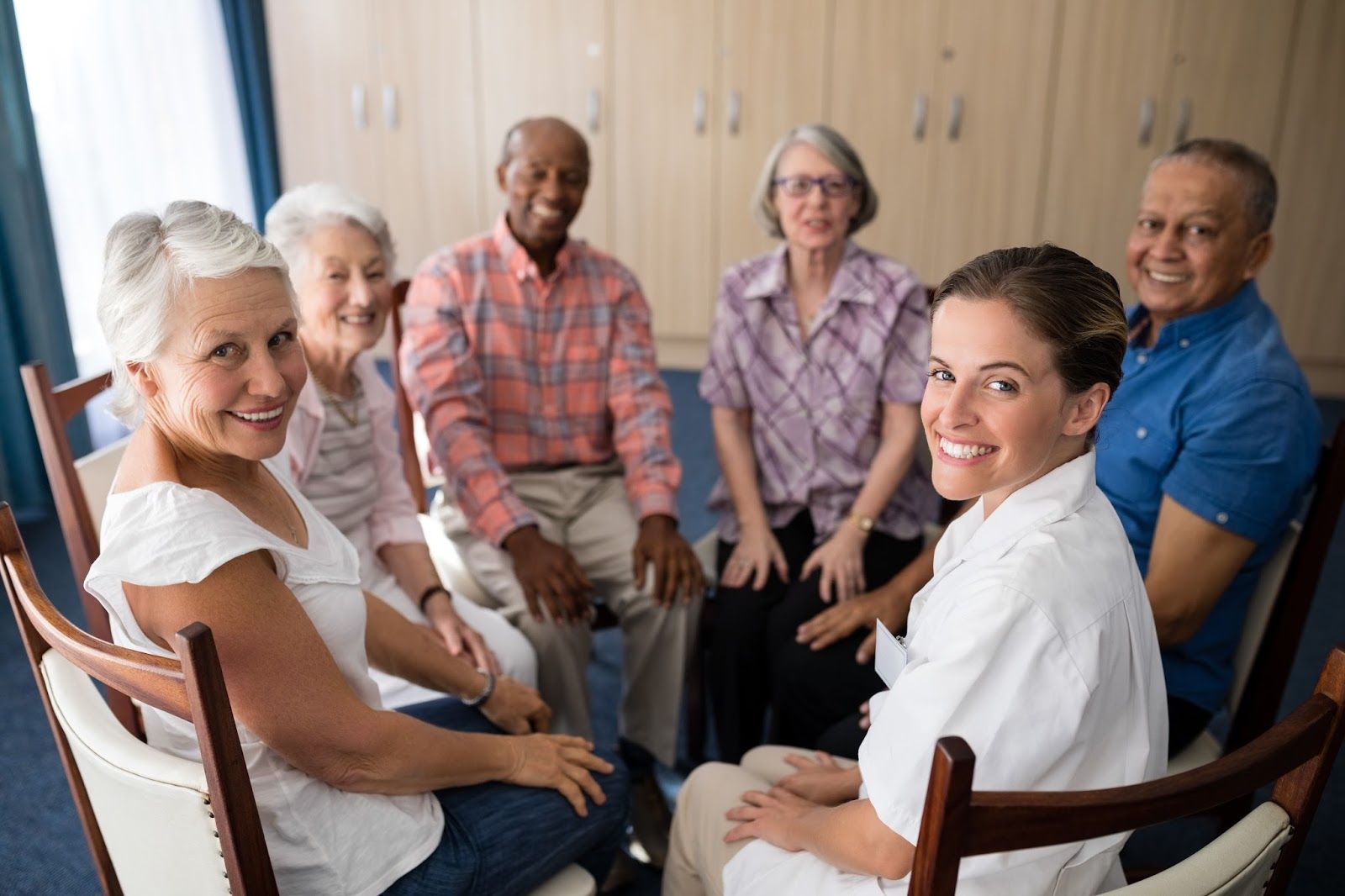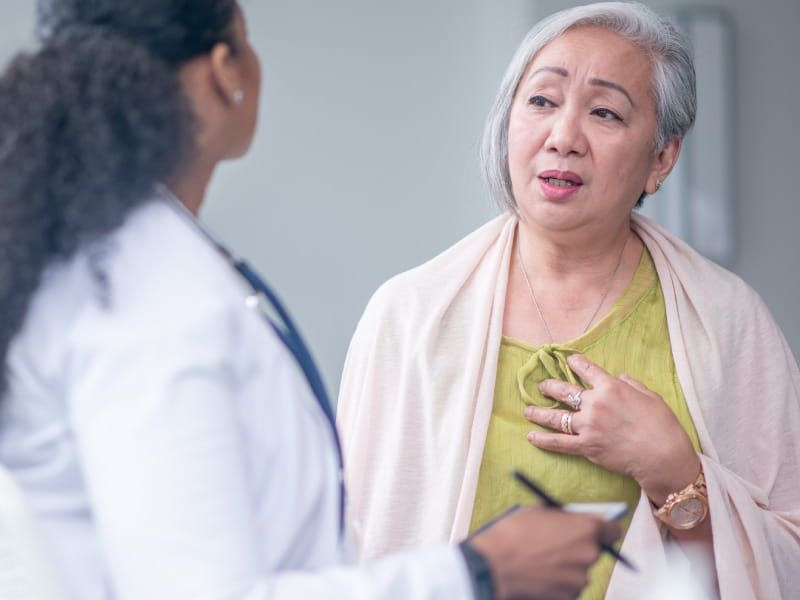Understanding Diabetes in the Elderly: Symptoms, Risks, and Care Tips
Understanding Diabetes in the Elderly: Symptoms, Risks, and Care Tips

Diabetes is a common chronic condition affecting millions of people globally, and its prevalence is particularly high among the elderly. As people age, the body's ability to manage blood sugar levels often declines, making older adults more susceptible to type 2 diabetes. Managing diabetes in elderly patients can be challenging due to age-related factors, co-existing health conditions, and the increased risk of complications. Understanding diabetes in the elderly is essential for effective prevention, diagnosis, and care.
What is Diabetes?
Diabetes is a chronic disease characterized by high levels of glucose (sugar) in the blood, which results from the body’s inability to produce enough insulin (type 1 diabetes) or use insulin effectively (type 2 diabetes). Insulin is a hormone that helps regulate blood sugar levels, and without it, glucose can build up in the bloodstream, leading to various health issues.
While type 1 diabetes typically develops earlier in life, type 2 diabetes is more commonly diagnosed in middle-aged and older adults. Gestational diabetes may also affect women during pregnancy, increasing their risk of developing type 2 diabetes later in life.
Why are Elderly Individuals at Higher Risk?
Aging naturally brings physiological changes that increase the likelihood of developing type 2 diabetes. Some contributing factors include:
- Decreased Physical Activity: Reduced mobility or other physical limitations may lead to less physical activity, which contributes to weight gain and insulin resistance.
- Metabolic Changes: The body’s ability to regulate glucose tends to decrease with age, even in healthy individuals.
- Comorbidities: Conditions like high blood pressure, heart disease, and obesity are common among the elderly and are linked to a higher risk of diabetes.
- Medication Side Effects: Some medications can impact blood sugar levels, further complicating diabetes management.
Recognizing Symptoms of Diabetes in Older Adults
Diabetes symptoms can present differently in older adults, or they may be attributed to other age-related conditions, which delays diagnosis. Common symptoms include:
- Increased thirst and frequent urination: High blood sugar levels cause the kidneys to work harder, leading to frequent urination and dehydration.
- Fatigue and weakness: The body can’t use glucose effectively for energy, leading to tiredness and muscle weakness.
- Blurred vision: High glucose levels can affect the eyes, causing blurred vision.
- Slow healing of cuts and bruises: High blood sugar impairs the immune system, making it difficult for wounds to heal.
- Unexplained weight loss: The body may start breaking down fat and muscle for energy due to insulin deficiency.
It’s essential to pay attention to these symptoms and seek medical guidance early, as untreated diabetes can lead to severe complications.
Complications of Diabetes in the Elderly
Without proper management, diabetes can lead to serious health complications that impact quality of life and may shorten lifespan:
- Heart Disease: Diabetes increases the risk of heart disease, which is already a common concern for older adults.
- Kidney Damage: Prolonged high blood sugar levels can damage the kidneys, potentially leading to kidney failure.
- Nerve Damage: Diabetes can cause neuropathy, resulting in numbness, tingling, or pain in the hands and feet.
- Vision Loss: Diabetic retinopathy is a common complication that can lead to vision impairment or blindness.
- Cognitive Decline: Studies suggest a link between diabetes and cognitive decline, including dementia.
Tips for Managing Diabetes in Older Adults
Caring for diabetes in elderly individuals requires careful management and lifestyle adjustments. Here are some practical tips:
- Regular Monitoring of Blood Sugar: Daily monitoring helps track blood sugar levels and make necessary adjustments. Encourage seniors to check their glucose levels regularly with a glucometer or as advised by a healthcare provider.
- Balanced Diet: Eating a balanced diet low in sugar and high in fiber helps maintain stable blood glucose levels. Focus on whole grains, fruits, vegetables, lean proteins, and healthy fats. Smaller, more frequent meals can also help manage blood sugar spikes.
- Staying Active: Regular physical activity, such as walking, swimming, or light stretching, can help manage blood sugar levels and improve insulin sensitivity. Always consult with a healthcare provider before starting any new exercise regimen.
- Medication Management: Elderly patients often take multiple medications, which may interact or cause side effects that affect diabetes management. It’s essential to review medications regularly with a healthcare provider to ensure they’re safe and effective.
- Stay Hydrated: Dehydration is a common issue for seniors and can worsen high blood sugar levels. Encourage regular water intake throughout the day.
- Foot Care: Diabetes can reduce blood flow to the feet, increasing the risk of infections and slow-healing wounds. Regular foot inspections, comfortable footwear, and prompt medical attention for cuts or blisters can help prevent complications.
- Regular Doctor Visits: Frequent check-ups with healthcare providers, including ophthalmologists, podiatrists, and dietitians, can ensure comprehensive diabetes care and help detect complications early.
Supporting Elderly Loved Ones with Diabetes
Diabetes management in the elderly is a collaborative effort. Family members, caregivers, and healthcare providers all play a critical role in supporting seniors with diabetes. Encourage open communication, ensure their living environment is safe and supportive, and help coordinate any necessary appointments or lifestyle changes.
Conclusion
Diabetes in elderly individuals presents unique challenges, but with proper care and support, it’s possible to manage the condition effectively. Through a combination of lifestyle adjustments, medication, regular monitoring, and emotional support, seniors with diabetes can lead healthy and fulfilling lives. Early detection and proactive management are essential in reducing complications and promoting overall well-being.









